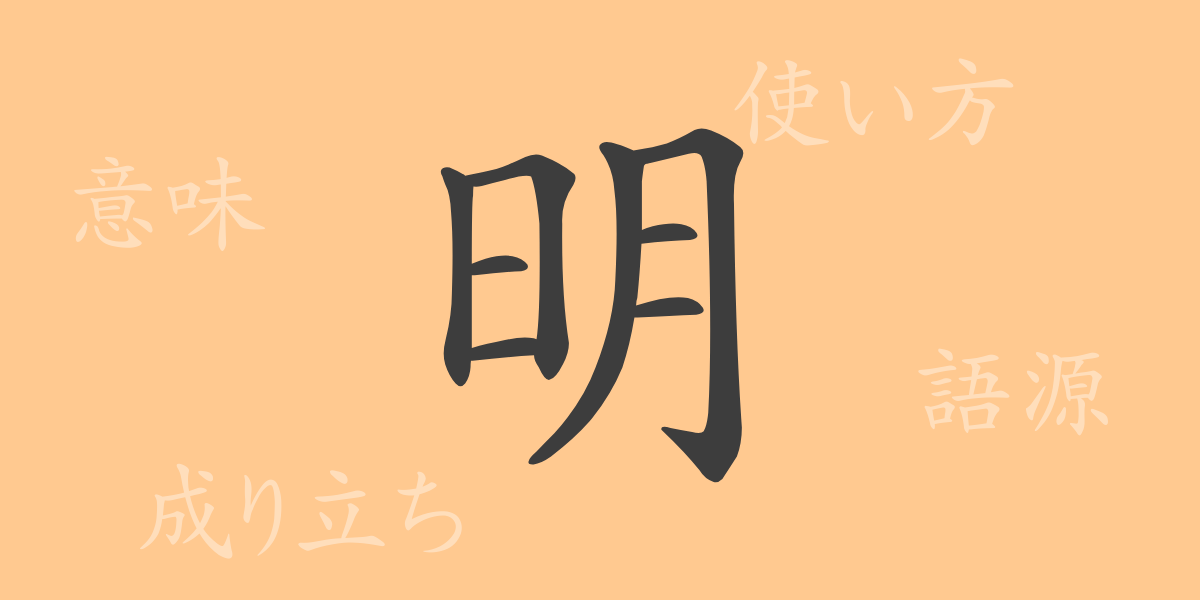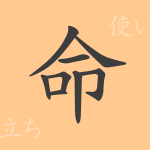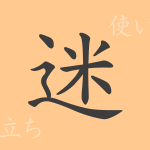The kanji deeply rooted in Japanese culture carries rich meanings and history within each character. The kanji “明(mei)” is frequently used in our daily lives, and its usage is incredibly broad. In this article, we will delve into the charm of the kanji “明(mei)”, exploring its origins, meanings, usage, and even the idioms and proverbs associated with it, revealing its profound world.
The Origin of 明(mei)
The kanji “明(mei)” evolved from pictographs in ancient China that combined the sun and the moon. The juxtaposition of the sun and the moon conveys the meaning of “brightness,” and from the contrast between light and darkness, it came to express abstract concepts such as “clarity” and “understanding.” Thus, “明(mei)” has been used not only to symbolize physical light but also spiritual “enlightenment” and “knowledge.”
The Meaning and Usage of 明(mei)
“明(mei)” means “brightness” and “clarity.” It can also indicate “the next day” when referring to time. In terms of usage, it appears frequently in daily conversations and writings in forms such as “明るい(akarui – bright),” “明日(ashita – tomorrow),” and “明白(meihaku – obvious).”
Readings, Stroke Count, and Radical of 明(mei)
The kanji “明(mei)” is cherished by many for its simplicity and rich meaning.
- Readings: On’yomi readings are “メイ(mei)” and “ミョウ(myō),” while Kun’yomi readings are “あかるい(akarui – bright),” “あける(akeru – to open),” and “あかす(akasu – to reveal).”
- Stroke count: 8 strokes in total
- Radical: It belongs to the 日部(nichihen – sun) radical.
Idioms, Expressions, and Proverbs Using 明(mei)
There are numerous idioms, expressions, and proverbs that include “明(mei).” For example, “明鏡止水(meikyōshisui)” describes a state of mind that is calm and untroubled, while “一日千秋(ichijitsusenshū)” conveys the feeling of eagerly awaiting something, as if one day feels like a thousand years. Additionally, the proverb “明日は明日の風が吹く(ashita wa ashita no kaze ga fuku)” teaches us to live in the present without worrying about the future.
Summary of 明(mei)
The kanji “明(mei)” symbolizes light and brightness, as its form suggests. However, it goes beyond that, deeply intertwining with our lives through expressions like “明日(ashita – tomorrow)” and “明白(meihaku – obvious),” enabling rich expressions. The history, philosophy, and linguistic depth that can be felt through “明(mei)” will allow us to rediscover the beauty of the Japanese language.

























